Sugar-Free Traps: Foods That Still Spike Blood Glucose Levels
“Sugar-free” labels can feel like a free pass—but in reality, they often hide behind clever formulations that still spike blood glucose. From sneaky starches to sugar alcohols that mess with your metabolism, many of these so-called safe foods are anything but. For those managing diabetes, prediabetes, or simply aiming for stable energy and fewer crashes, spotting these imposters is critical. That’s why we’ve expanded our guide to 21 Sugar-Free Traps: Foods That Still Spike Blood Glucose Levels—a no-nonsense breakdown of products that may look healthy but behave like sugar bombs once digested. Think protein bars, flavored yogurts, and even some “clean” snacks that betray your blood sugar while posing as allies. This list isn’t about fear—it’s about clarity. Because the real key to better health isn’t avoiding sugar at all costs—it’s knowing what truly nourishes versus what quietly disrupts. Let’s decode the fine print and get smart about sweet.
1. Sugar-Free Cookies and Cakes

Sugar-free baked goods might look guilt-free, but many are metabolic landmines. These desserts often replace sugar with sugar alcohols like maltitol, which still affect blood sugar—just more slowly. Even worse, the refined flours and starches used in the base digest quickly, spiking glucose much like their sugary counterparts. The “sugar-free” label can lull you into a false sense of safety, leading to larger portions and unintentional blood sugar swings. For people managing diabetes or insulin resistance, that’s a dangerous gamble. Real control comes not from labels but from ingredients—and these treats often bring the same crash, just dressed differently.
2. Diet Cereals
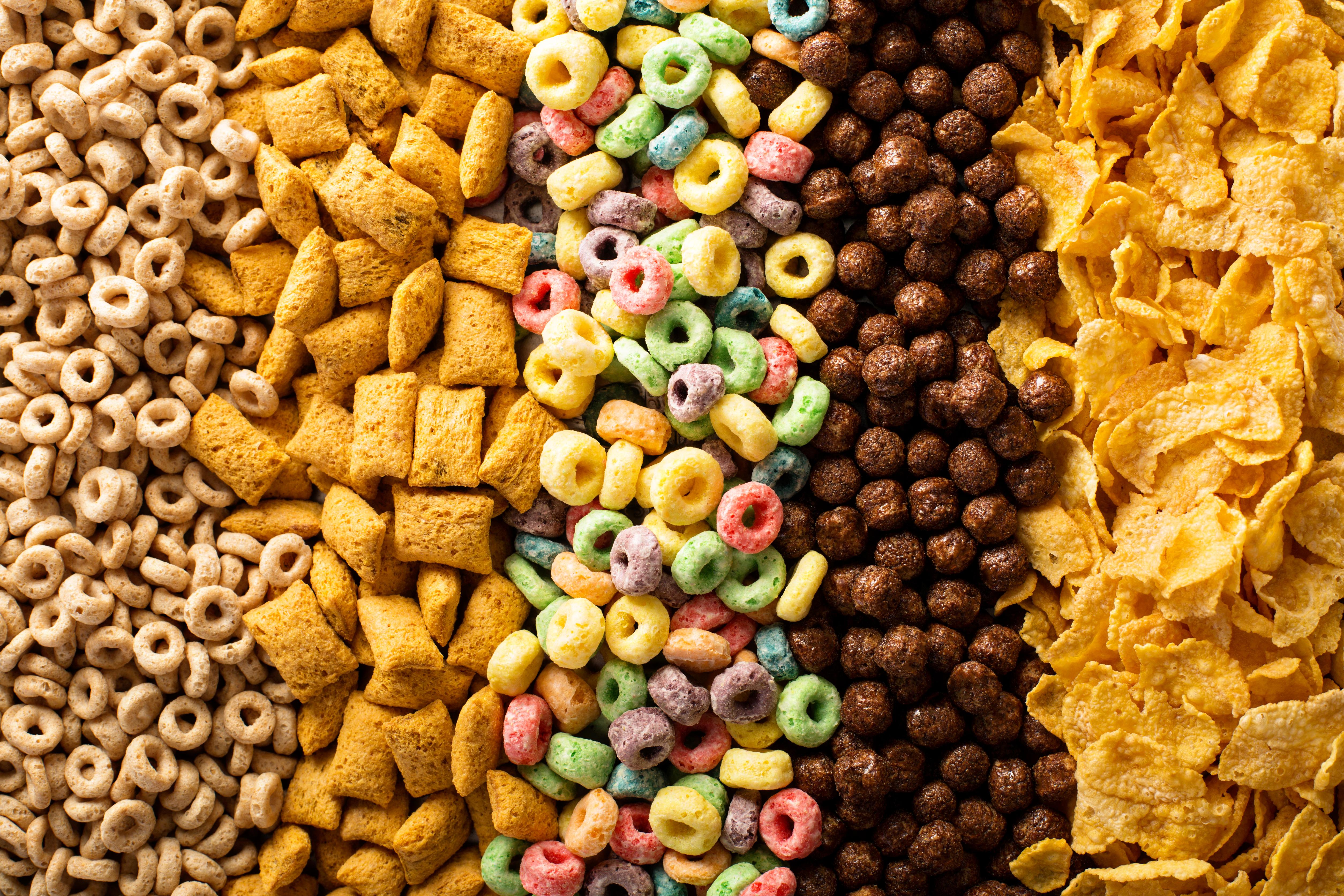
Low-sugar or sugar-free cereals can still wreak havoc on your blood sugar. Most use heavily processed grains—corn, rice, or wheat derivatives—that break down rapidly into glucose once digested. Even without added sugar, these cereals often rank high on the glycemic index, delivering a fast spike followed by a mid-morning crash. Marketing terms like “multigrain” or “lightly sweetened” mask the fact that what you’re eating is essentially glucose on a spoon. Without fiber, fat, or protein to slow absorption, your body has little defense. Don’t be fooled by the box—if it crunches like candy, your blood sugar likely agrees.
3. “No Sugar Added” Fruit Juices

Fruit juice without added sugar might sound harmless, but it’s often just concentrated fructose in disguise. The juicing process removes fiber, leaving behind a sugary liquid that rushes into your bloodstream. Even a small glass can cause a glucose surge similar to soda, especially if you’re insulin-resistant. Labels that read “100% juice” or “no added sugar” still pack a punch—natural sugars are still sugars. Without the pulp or peel to slow digestion, your body receives a sugar dump without the nutritional balance of whole fruit. When it comes to glycemic load, juice is a sweet-talking imposter.
4. Sugar-Free Yogurts
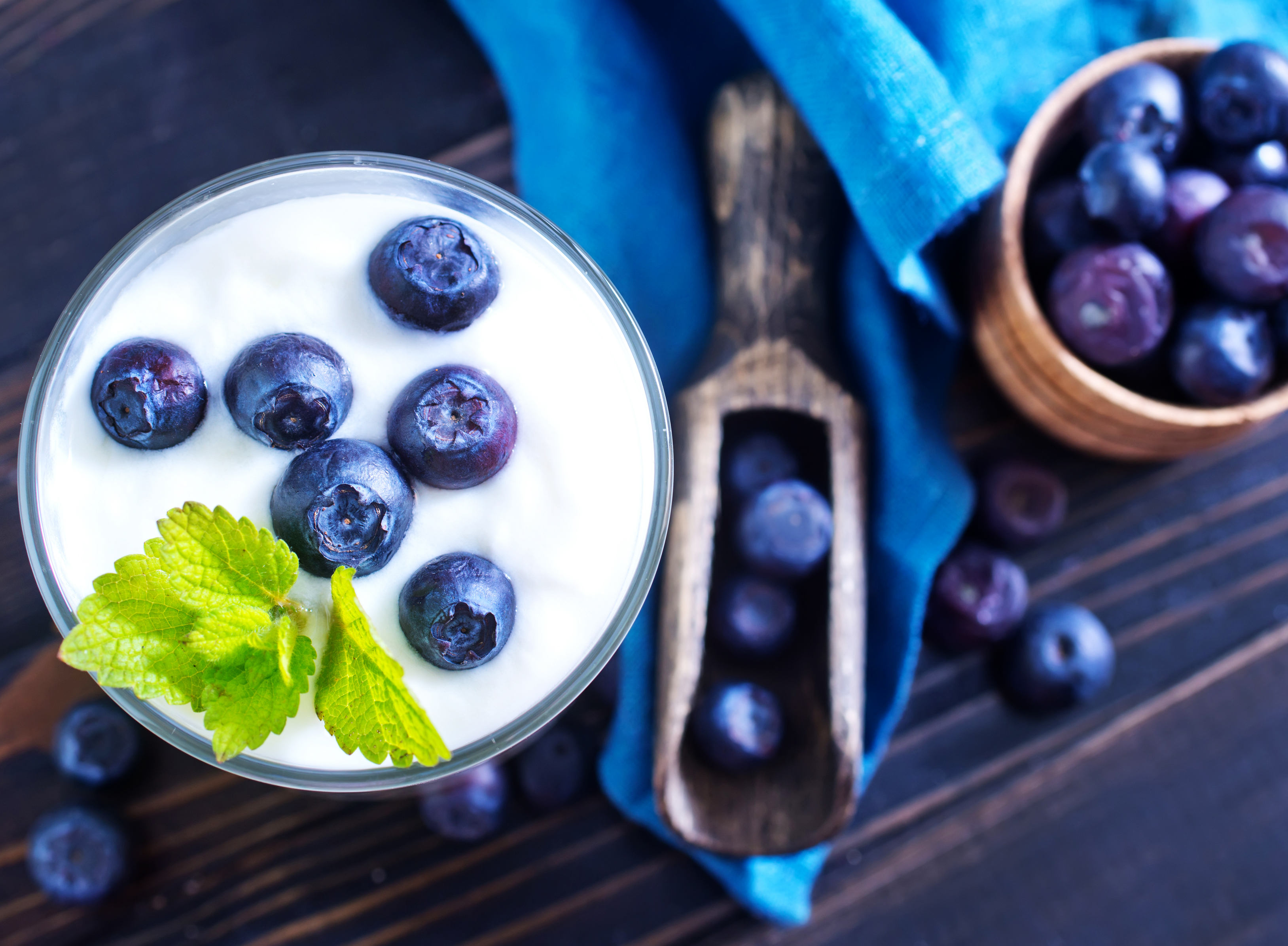
Sugar-free yogurts are often loaded with artificial sweeteners, but that’s not the full story. Many also contain starches, milk solids, or thickeners like modified corn starch—all of which can spike blood glucose. These ingredients are used to recreate the creamy texture and mouthfeel lost when sugar is removed, but your body still treats them like quick carbs. Some yogurts even have more additives than dairy content, turning a seemingly healthy choice into a processed minefield. If your goal is stable energy or metabolic health, opt for plain, unsweetened Greek yogurt and add real fruit for fiber-rich sweetness you can control.
5. Sugar-Free Protein Bars

Often labeled as “keto,” “low-carb,” or “diabetic-friendly,” many sugar-free protein bars are anything but. They commonly include glucose-spiking ingredients like maltodextrin, glycerin, or tapioca starch—used as binders or bulkers. While they may not taste overtly sweet, their glycemic impact can be surprisingly high. Some bars also use sugar alcohols like erythritol or sorbitol, which may affect individuals differently and still disrupt digestion. When paired with minimal fiber and poor-quality protein, these bars become little more than candy in fitness branding. For real metabolic stability, look for bars with whole food ingredients, healthy fats, and visible fiber.
6. Light Salad Dressings
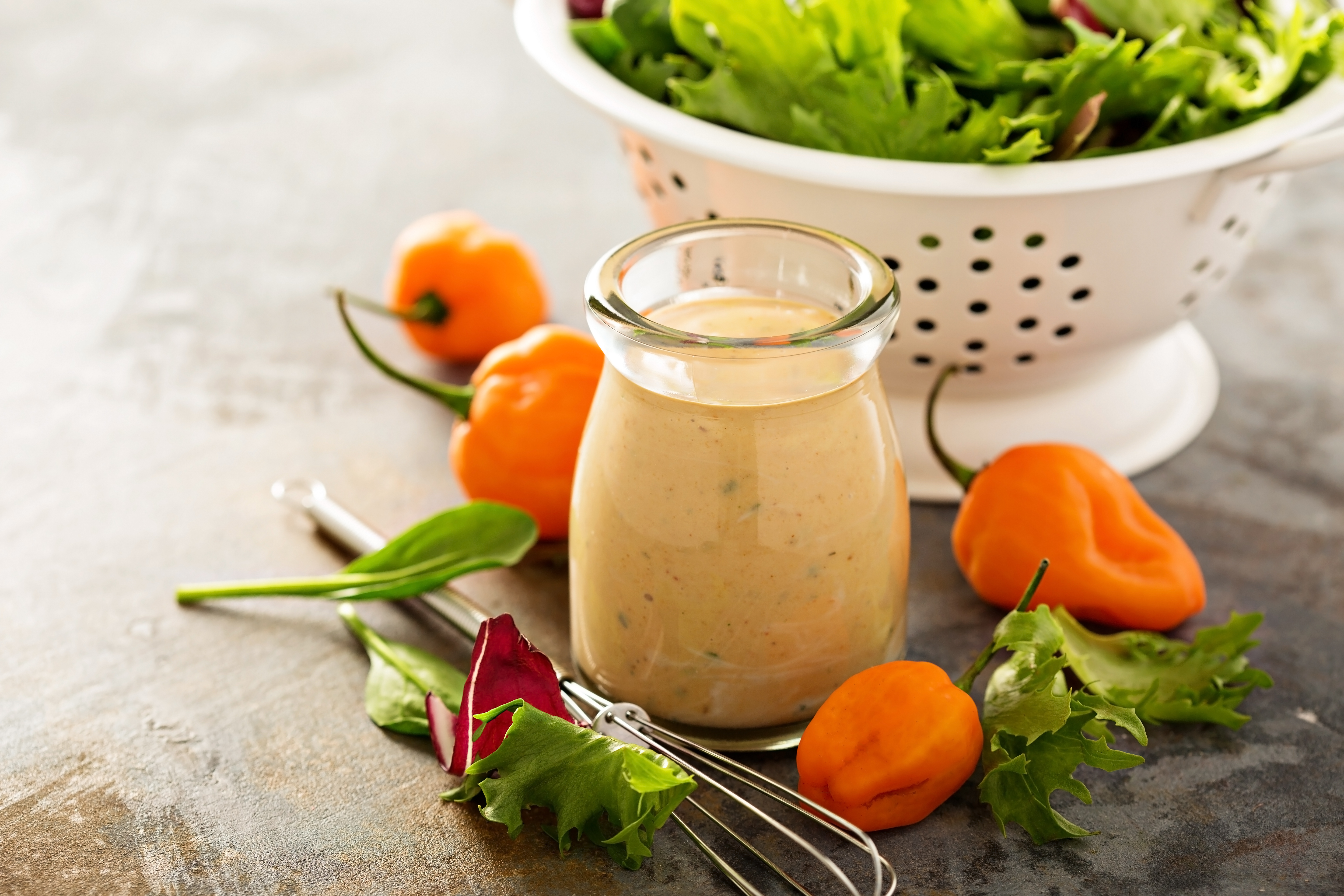
Light or sugar-free salad dressings often swap one problem for another. In an effort to cut calories, manufacturers remove healthy fats and replace them with thickeners, gums, or starch-based fillers that digest rapidly and raise blood glucose. Even worse, some use artificial sweeteners or high-fructose corn syrup alternatives, which can disrupt your metabolism and gut health. The result? A dressing that may be low in calories but high in glycemic load. A better option is a homemade vinaigrette using olive oil, vinegar, and herbs—which supports both blood sugar and nutrient absorption far more effectively.
7. Flavored Almond or Oat Milks
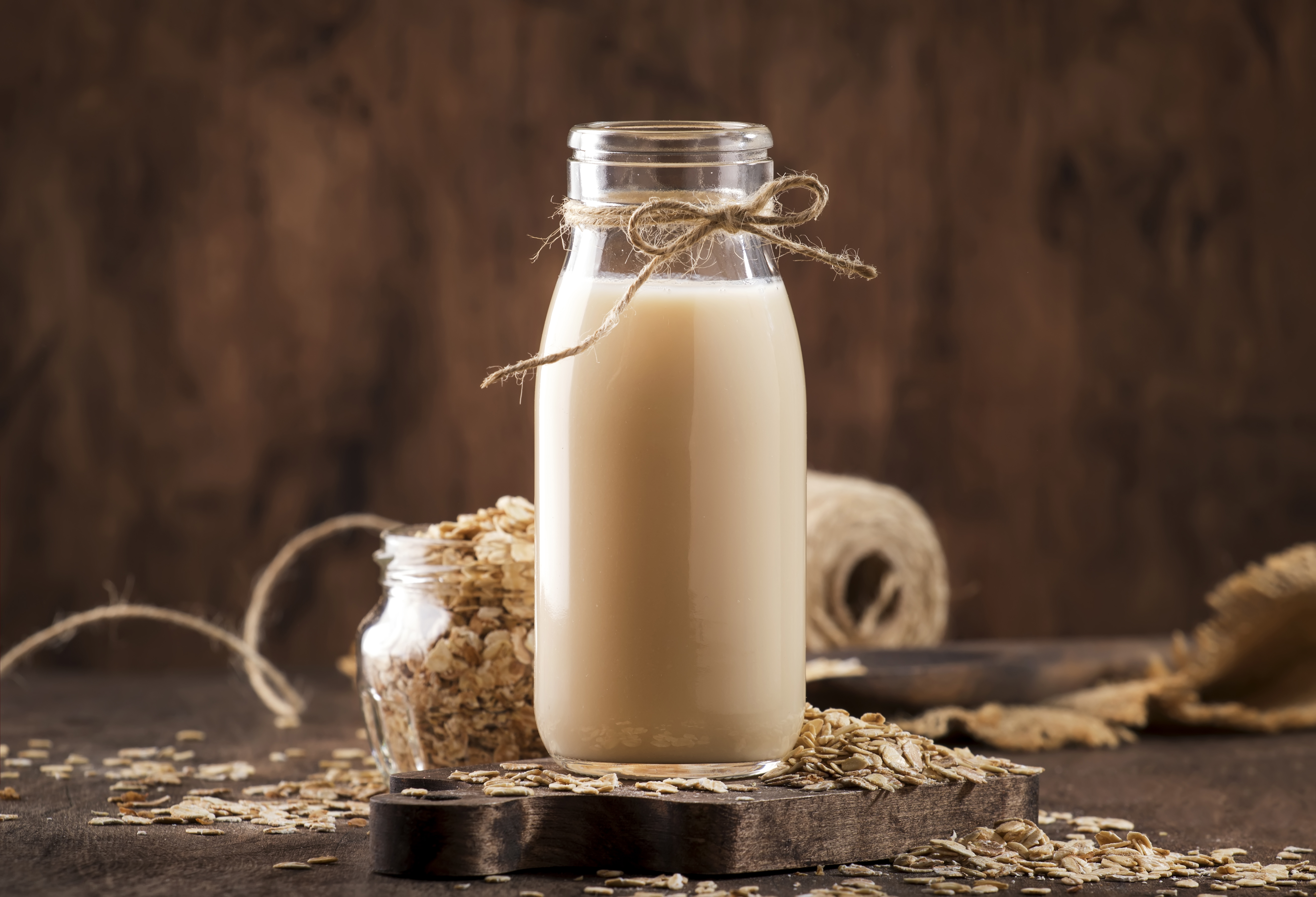
Plant-based milks are often perceived as healthy, but many varieties—especially those labeled as “unsweetened”—can still contain ingredients that raise blood sugar. Rice starch, gums, or added thickeners are commonly included for texture, and they act like quick-digesting carbs once metabolized. Oat milk in particular, even when unsweetened, has a naturally higher glycemic index due to how oats are processed. Always read the label beyond the front-facing claim. For blood sugar stability, the best choices are unsweetened almond or coconut milks with short, clean ingredient lists and no fillers. Simpler really is better.
8. Sugar-Free Ice Creams

Sugar-free ice creams might sidestep the traditional sugar spike, but they’re far from blood sugar-neutral. Sweeteners like sorbitol, maltitol, or xylitol often have slower but still noticeable effects on glucose levels—especially when combined with fats that delay digestion. The result can be a prolonged, stealthy rise in blood sugar that’s harder to anticipate or manage. These sweeteners can also disrupt the gut, causing bloating or gas in sensitive individuals. Don’t be fooled by the “sugar-free” label—ice cream is still a dessert, and your metabolism knows it. Moderation and clean ingredients matter more than promises.
9. Canned Soups
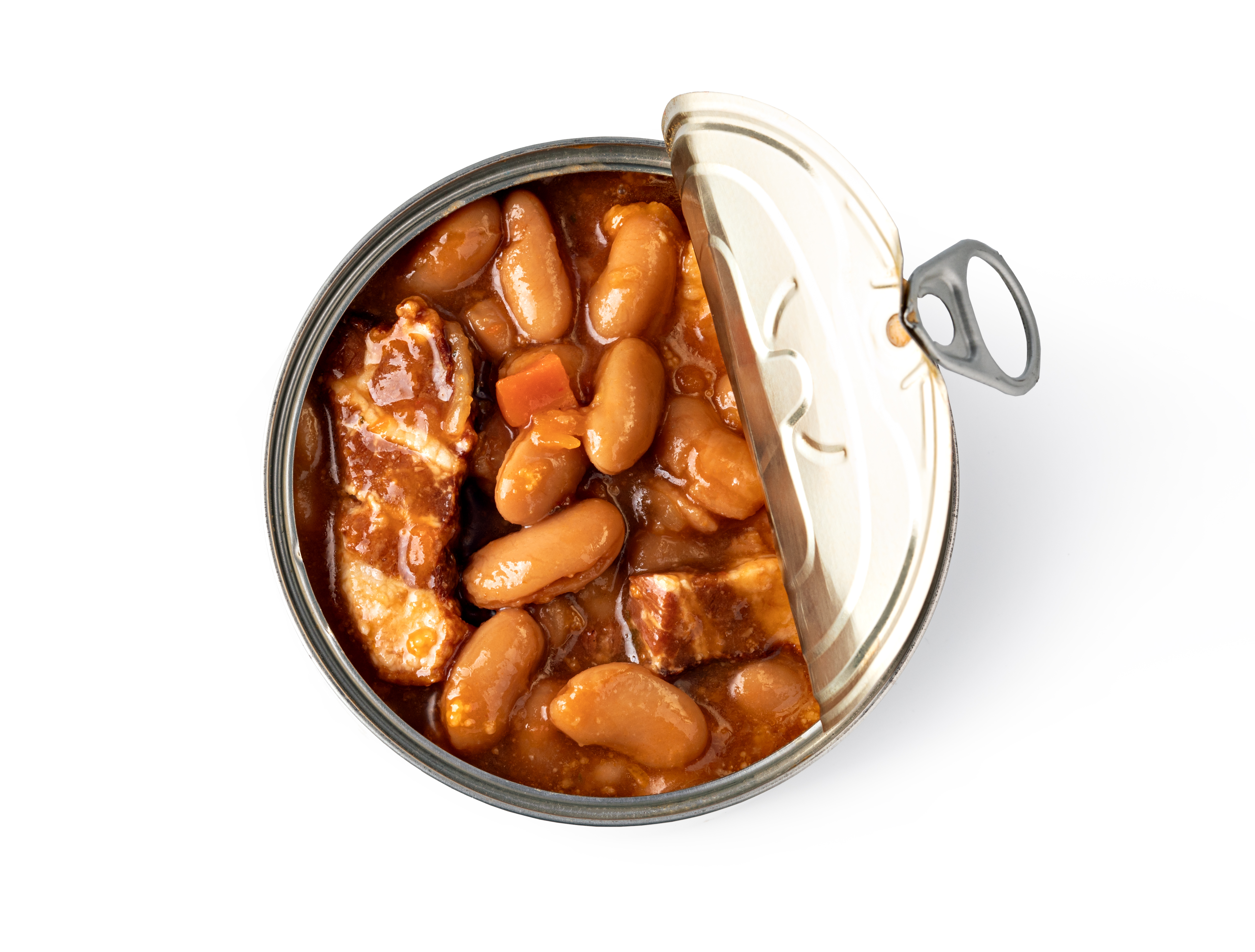
Canned soups may boast “no added sugar,” but they’re rarely blood sugar-friendly. Most commercial soups are thickened with flour, potatoes, or corn starch—carbohydrates that break down quickly and spike glucose. Even brothy soups can contain hidden noodles, legumes, or rice in portions large enough to impact your levels. Plus, these products often lack fiber or fat to slow digestion, making them fast-acting glycemic traps. If you’re managing insulin sensitivity, look beyond the sugar content and consider the full carb profile. Homemade soups or carefully selected brands with whole ingredients and no starches are your best bet.
10. Sugar-Free Energy Drinks
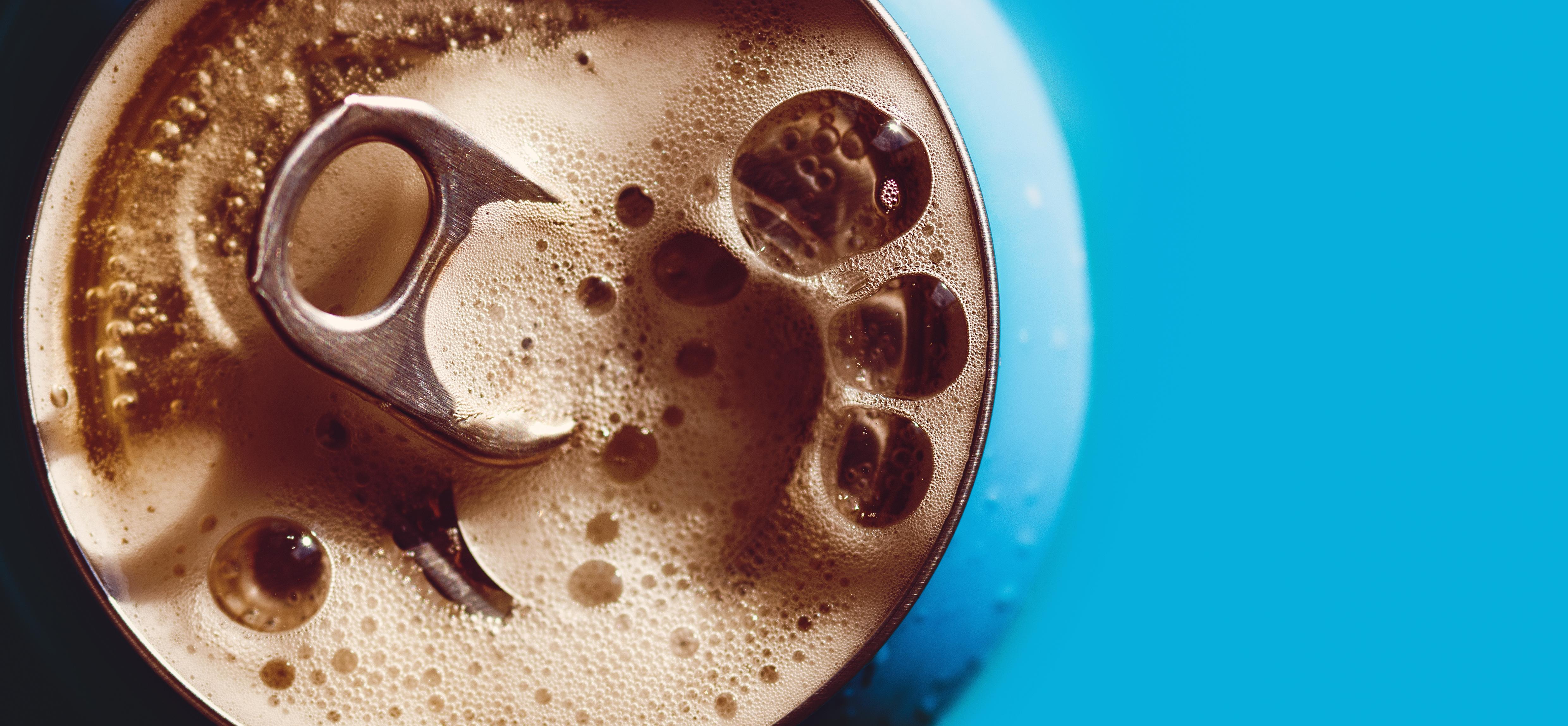
These drinks might seem harmless—no sugar, low calories—but the long-term effects are more complicated. High doses of caffeine can increase cortisol, the stress hormone, which negatively impacts insulin sensitivity and blood sugar regulation over time. Pair that with artificial sweeteners like aspartame or sucralose—known to influence gut flora and potentially blunt insulin response—and you’ve got a metabolic disruptor disguised as a performance boost. The jittery energy spike is short-lived, but the hormonal aftermath lingers. If stable energy and glucose control matter to you, hydrate with water, herbal tea, or naturally caffeinated options without sweeteners.
11. Low-Fat Snack Foods
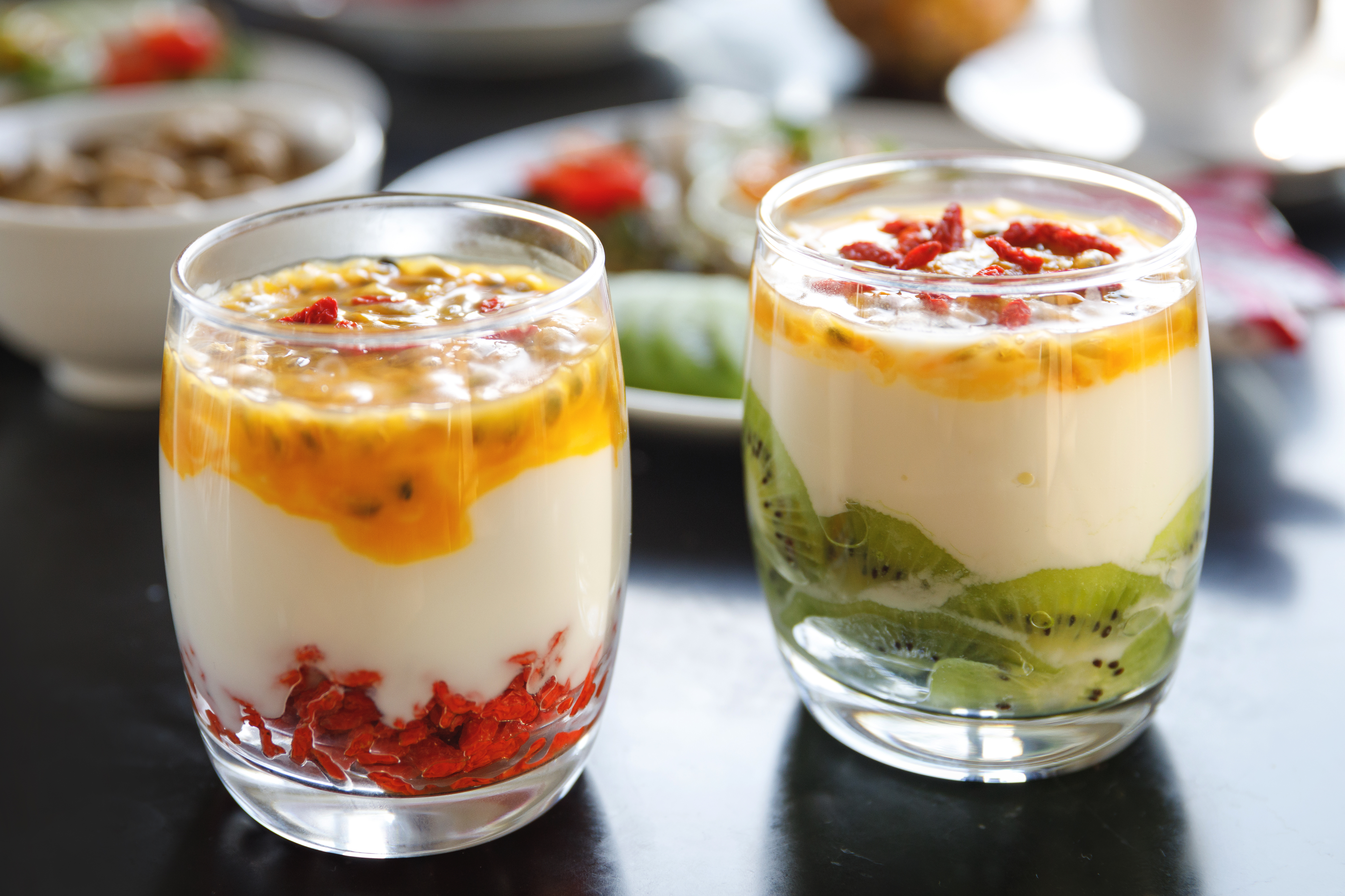
“Low-fat” often signals “high-carb.” When fat is stripped from a product, manufacturers typically add starches or refined flours to preserve taste and texture. The result? Foods that may be labeled as “sugar-free” but still cause significant glucose spikes. Low-fat cookies, crackers, or granola bars are notorious for this swap—and they often leave you hungrier shortly after. Without fat to slow digestion and create satiety, blood sugar spikes and crashes become more frequent. The takeaway? Low-fat doesn’t equal low-glycemic. For balanced snacking, prioritize whole foods with natural fat, fiber, and protein over packaged shortcuts.
12. Gluten-Free Baked Goods
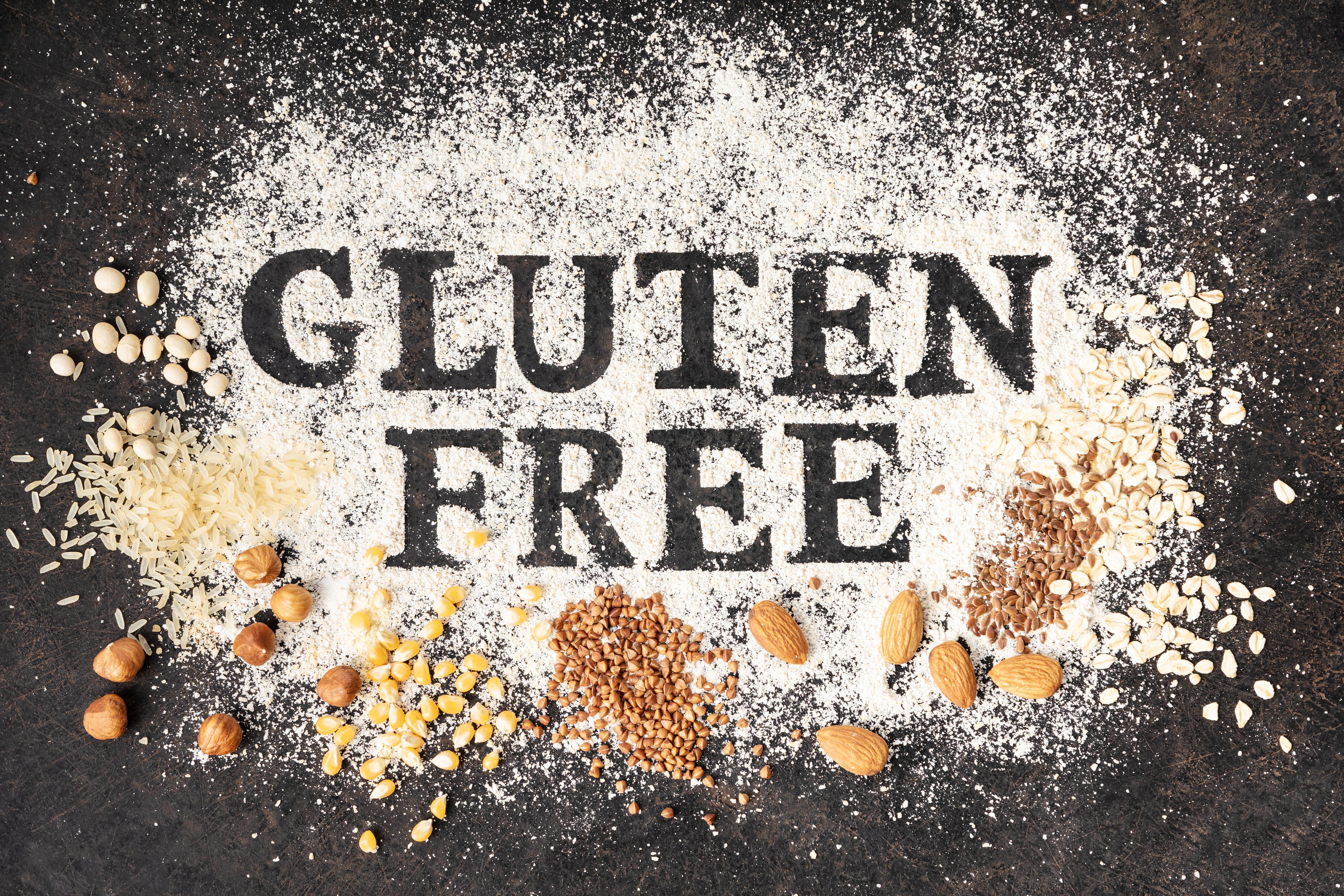
Don’t let the “gluten-free” label fool you—many of these products are still high-glycemic. To replace wheat flour, manufacturers often use refined starches like tapioca, rice flour, or potato starch—all of which digest quickly and spike blood glucose. Even when labeled sugar-free, gluten-free breads, muffins, or crackers can deliver a hefty glycemic load. Without the fiber or protein found in whole grains, these baked goods offer little metabolic benefit. Unless you have celiac disease or a true sensitivity, gluten-free doesn’t mean blood sugar-friendly. Always check the ingredients, not just the claims on the front of the package.
13. Sugar-Free Ketchup and Sauces
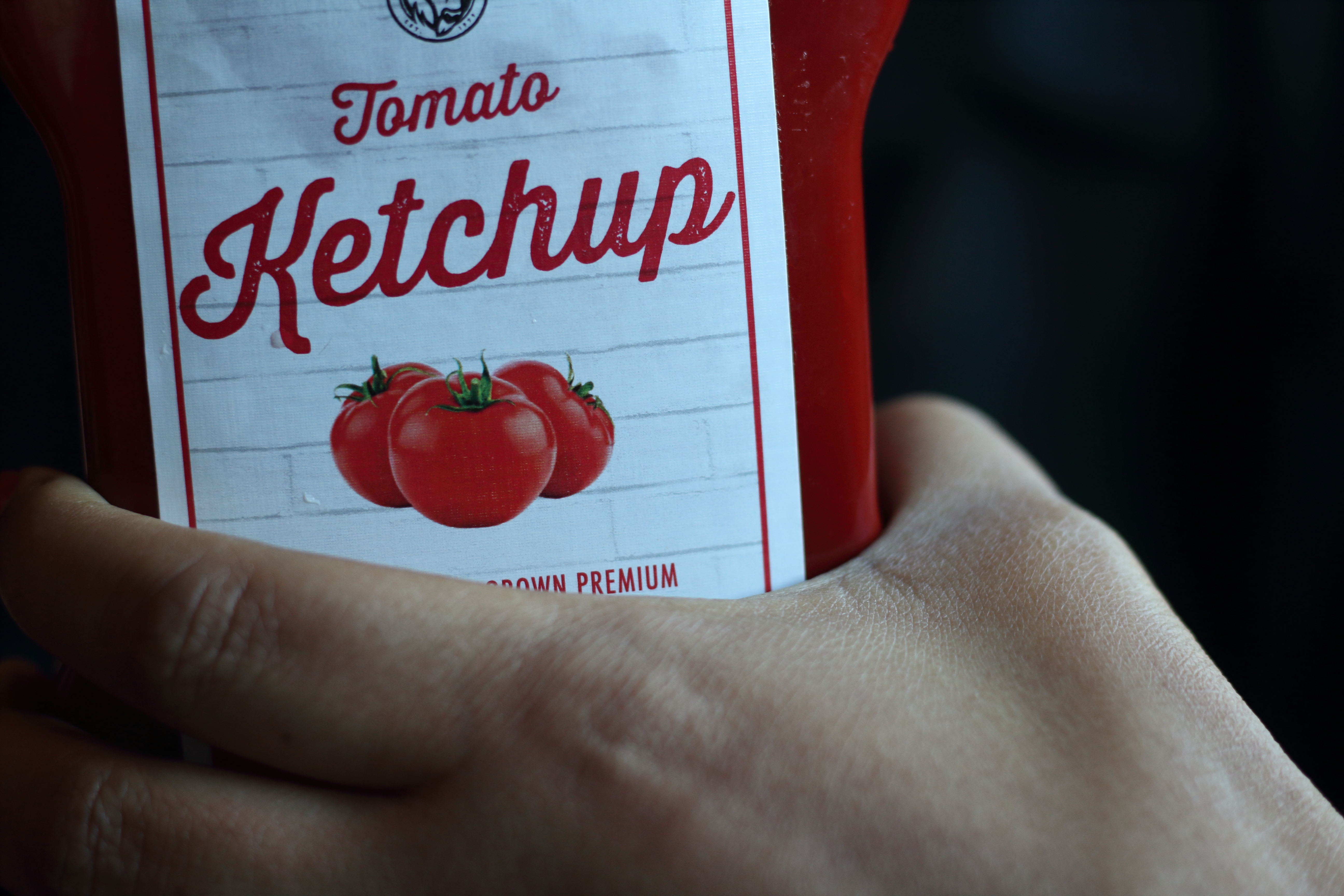
Sugar-free condiments often hide behind sweeteners like sucralose or stevia—but their base ingredients can still cause spikes. Tomato concentrates, thickeners, and cornstarch all convert rapidly to glucose, especially when used liberally. Plus, many sauces contain hidden fruit purees or maltodextrin for mouthfeel, which can spike blood sugar even faster than table sugar. The serving size is usually small on the label—but real-life portions are rarely so modest. If you’re watching glucose, be cautious with “light” or “sugar-free” sauces. A homemade blend with vinegar, mustard, and spices is a safer, tastier option for metabolic health.
14. Sugar-Free Granola and Snack Clusters
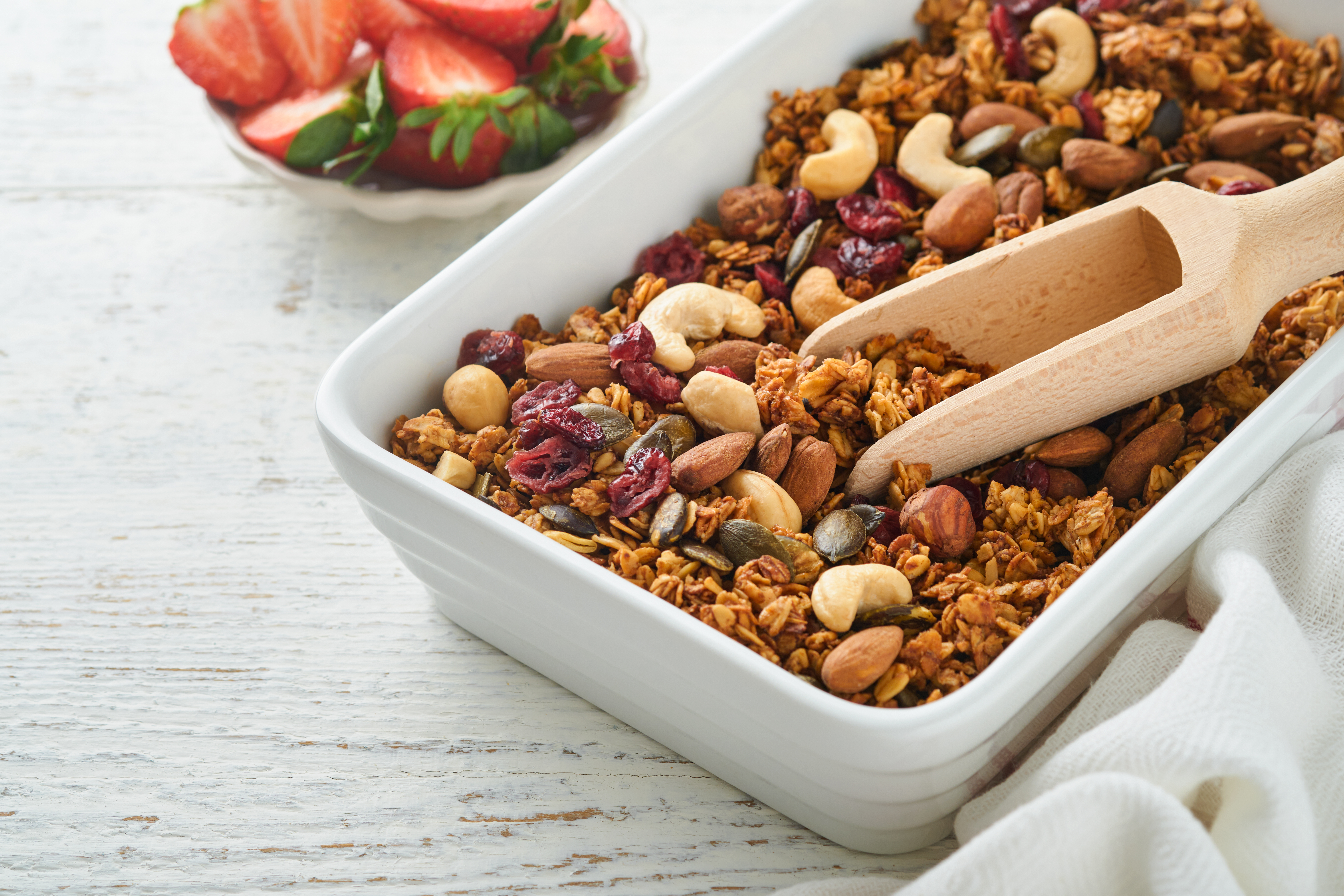
“Sugar-free” granolas or nut clusters may skip table sugar, but they often sneak in high-glycemic binders like brown rice syrup, honey substitutes, or tapioca fiber. Even sugar alcohols can cause a delayed glucose rise when paired with oats or puffed grains that digest quickly. These snacks are also calorie-dense, leading to larger portions and a bigger blood sugar hit than expected. Despite their health halo, many store-bought granolas are dessert in disguise. For better control, opt for homemade blends with whole nuts, seeds, and minimal dried fruit—where fiber, fat, and protein balance out the carbs.
15. Sugar-Free Breads and Wraps
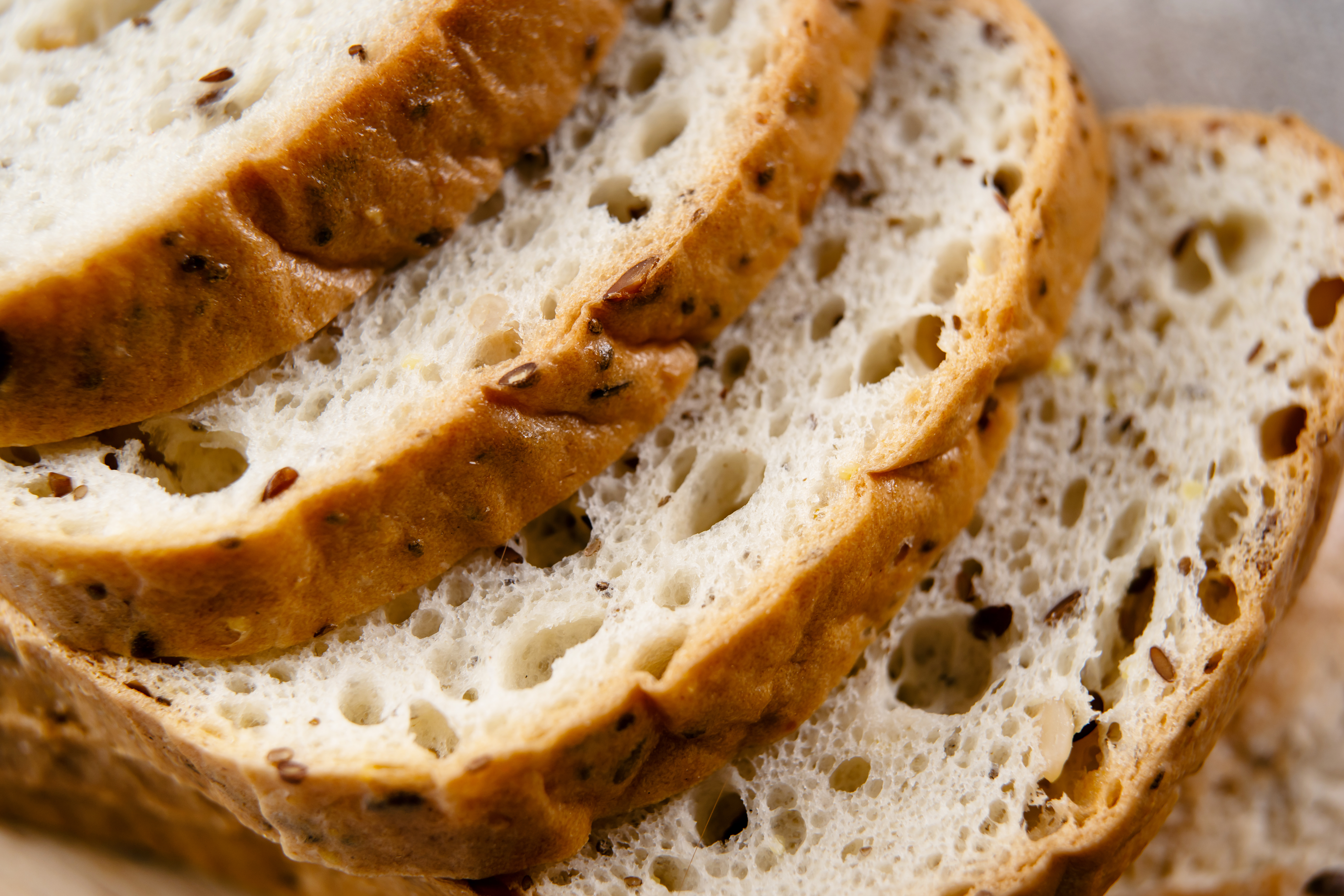
Just because bread says “keto,” “low-carb,” or “sugar-free” doesn’t mean it won’t spike your blood sugar. Many are made with refined starches like wheat starch, vital wheat gluten, or modified cellulose—ingredients that lack fiber and digest quickly. Some also use maltitol or dextrose, both of which have measurable glycemic impacts. Others hide behind tiny serving sizes. If you’re eating a sandwich, you’re likely doubling the stated amount. Look for products made with almond flour, flaxseed, or coconut flour, and aim for at least 5 grams of fiber per slice or wrap for better blood sugar control.
16. Sugar-Free Canned Fruits
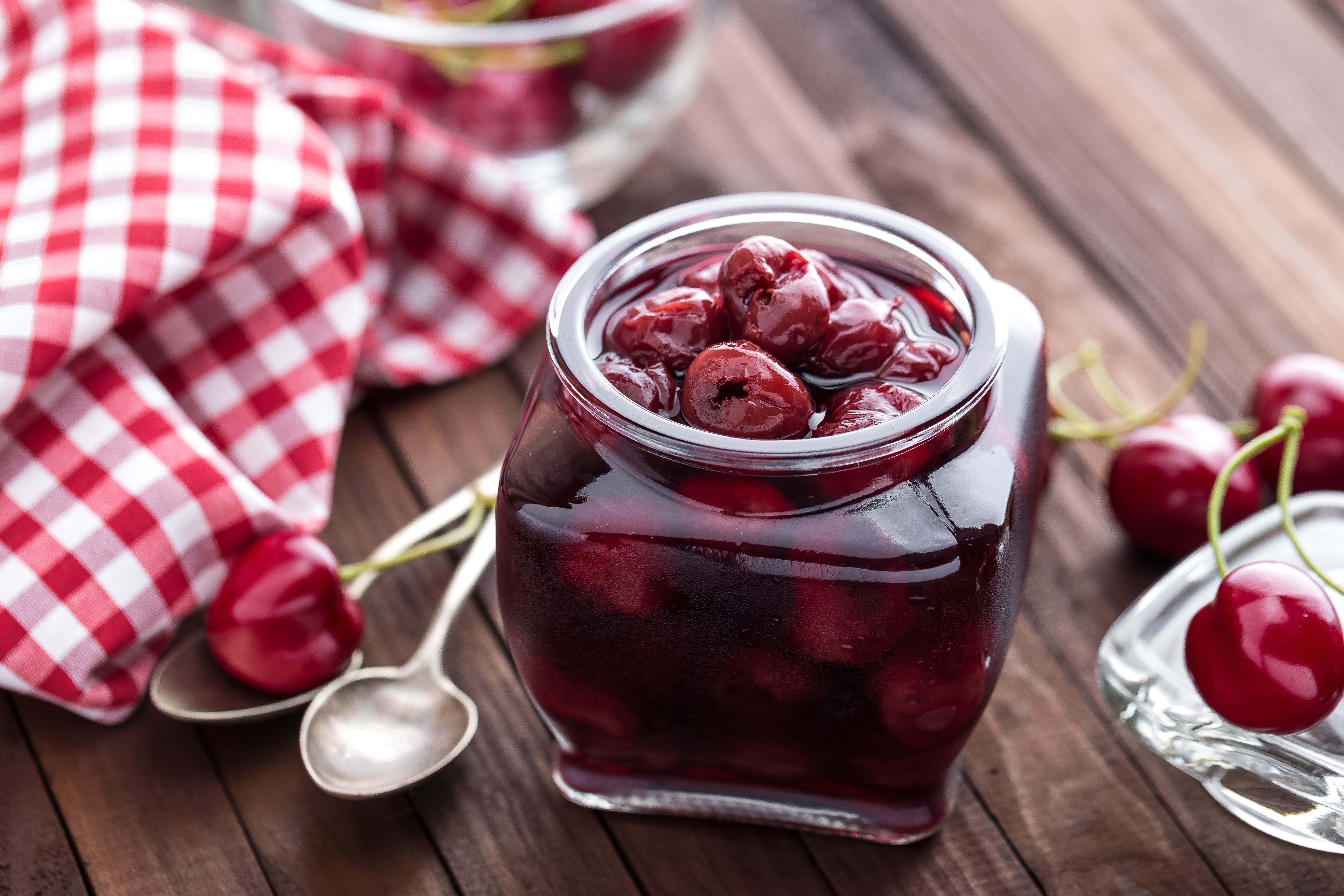
Packed in “natural juices” or water, sugar-free canned fruits may appear innocent—but the concentrated fruit sugars and lack of fiber tell another story. Without the buffering peel and structure of whole fruit, even unsweetened canned peaches or pears can spike blood sugar rapidly. Many also use ascorbic acid, syrups, or “fruit juice concentrates” that elevate the glycemic load. If fresh fruit isn’t available, frozen options with no additives and full fiber intact are a safer choice. Whole fruit—with skin, chew, and structure—is always the better bet for metabolic health and blood sugar stability.
17. Sugar-Free Meal Replacement Shakes
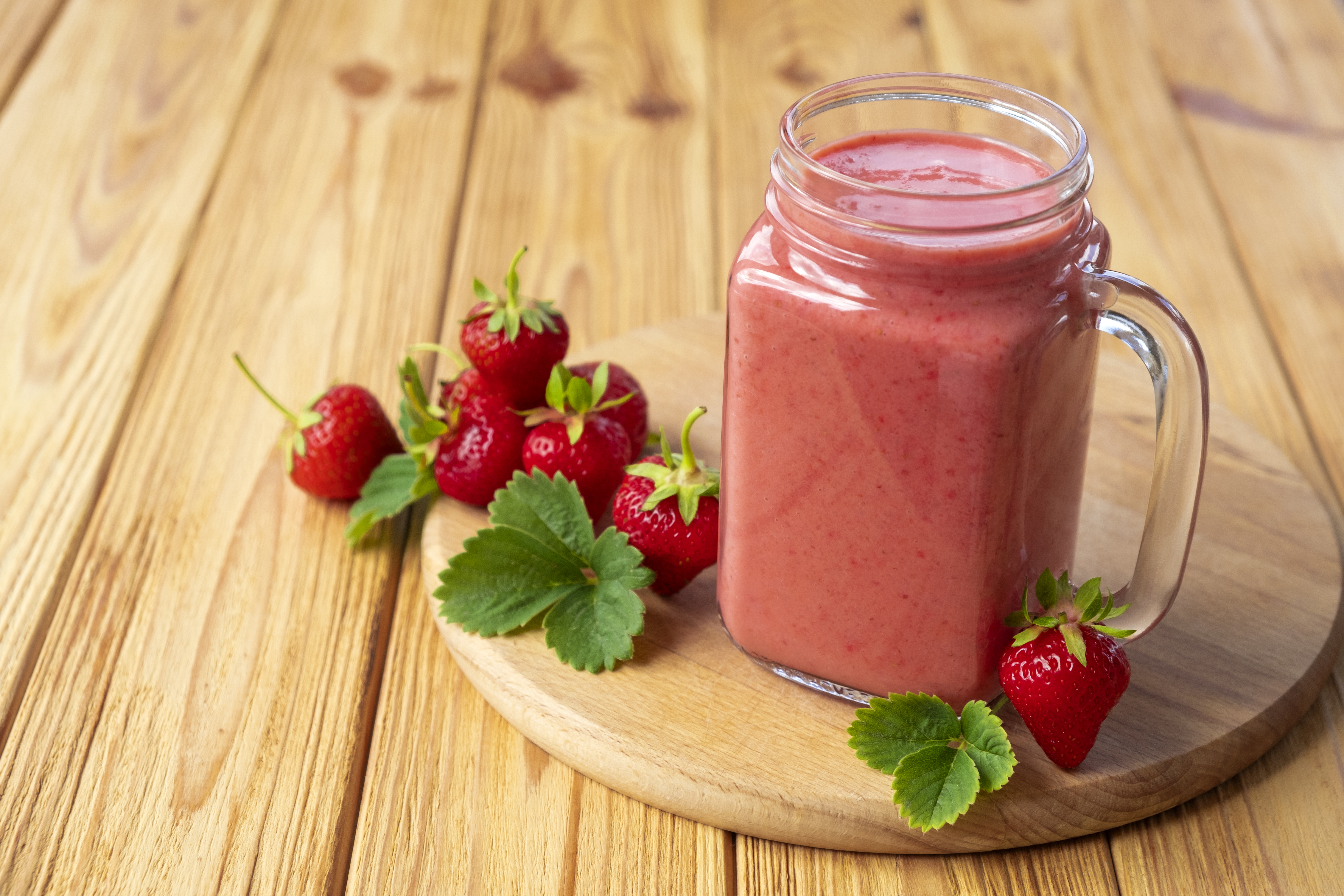
Marketed for convenience and weight control, sugar-free meal shakes often hide behind a wall of artificial sweeteners and high-glycemic fillers. Ingredients like maltodextrin, soluble corn fiber, or rapidly digested proteins like whey isolate can still trigger sharp glucose spikes. Some formulas also contain synthetic vitamins and emulsifiers that may disrupt gut health—indirectly influencing glucose control. Worse, their liquid form accelerates absorption, bypassing natural digestion speed bumps like chewing. Despite claims of being “diabetic-friendly” or “low-carb,” these shakes are often engineered for shelf life, not metabolic stability. If you rely on them, choose ones with fiber, healthy fats, and minimal ingredients.
18. Sugar-Free Flavored Coffee Creamers
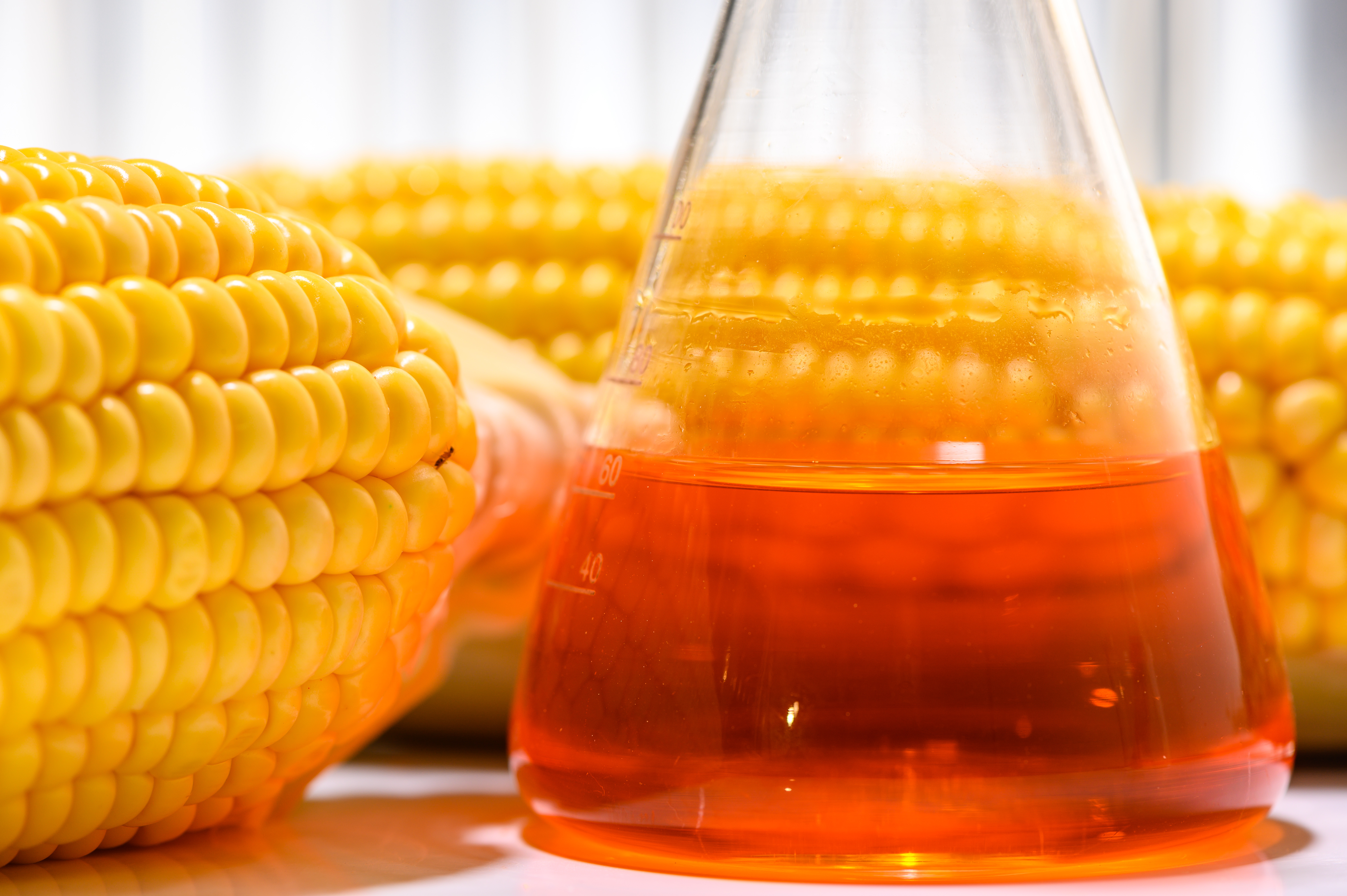
That vanilla-hazelnut creamer may be labeled “sugar-free,” but it’s often a stealthy glycemic spike waiting to happen. Many use corn syrup solids, hydrogenated oils, or modified food starch—cheap fillers that digest like sugar. While artificial sweeteners provide the sweetness, the carb-heavy thickeners do the real metabolic damage. The creamy texture may mask just how processed these products are, leading to larger pours and unintended spikes. Even powdered creamers marketed as “keto” or “diabetic safe” can be loaded with glucose-raising ingredients. A better choice: real cream or unsweetened nut milk with a pinch of cinnamon or cocoa for flavor.
19. Sugar-Free Instant Oatmeal Packets
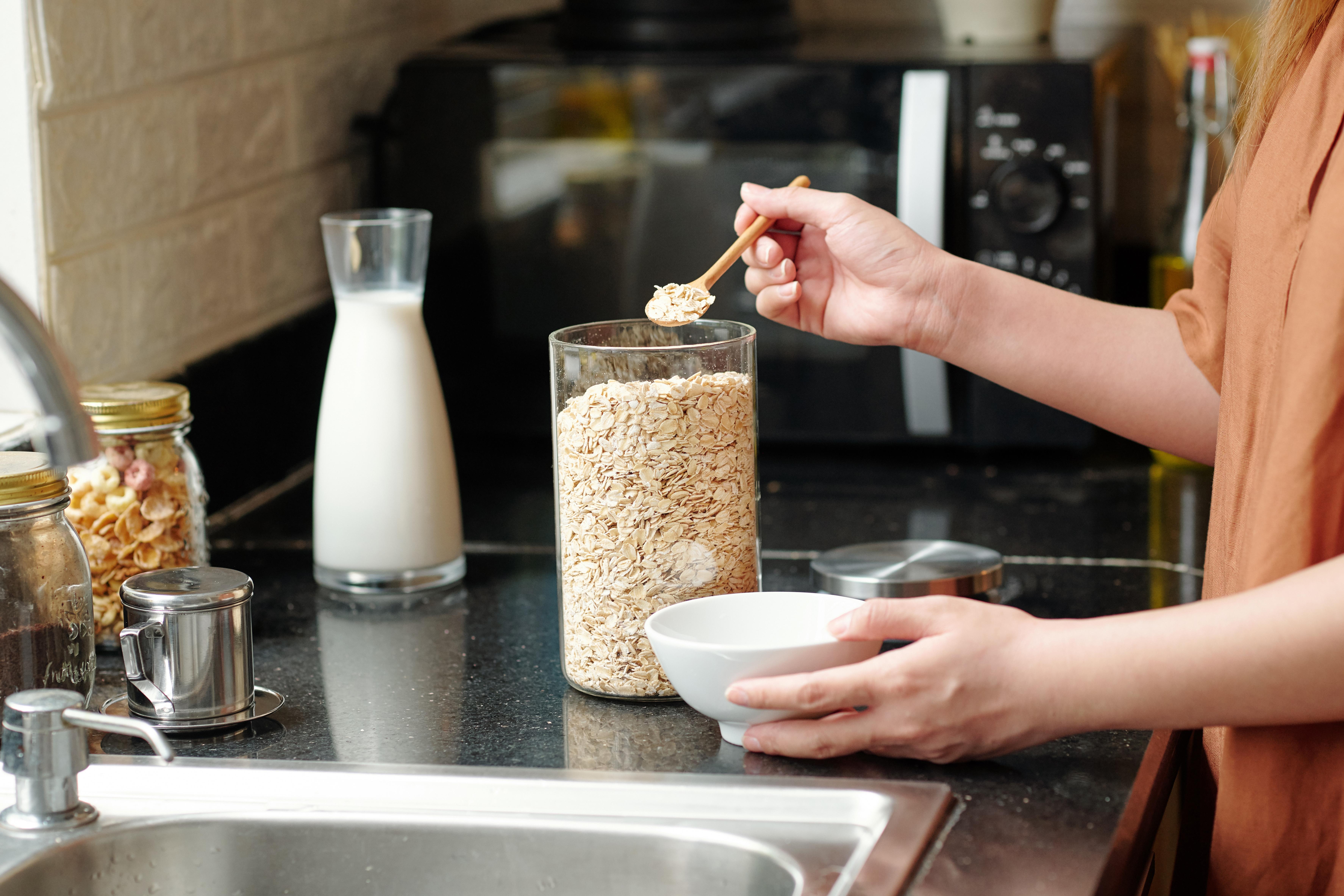
Don’t be fooled by the “no added sugar” label on flavored instant oatmeal packets. These are typically made from pre-processed oats that have been broken down for quicker cooking—and faster digestion. That means they hit your bloodstream like a starchy surge, even without any added sweeteners. To enhance flavor, manufacturers often include fruit powders, sugar alcohols, or additives like guar gum and maltodextrin, all of which can worsen glucose response. Instead of a blood-sugar bomb in disguise, opt for steel-cut oats or whole rolled oats and sweeten with a touch of cinnamon or berries to slow absorption naturally.
20. Sugar-Free Chewing Gum
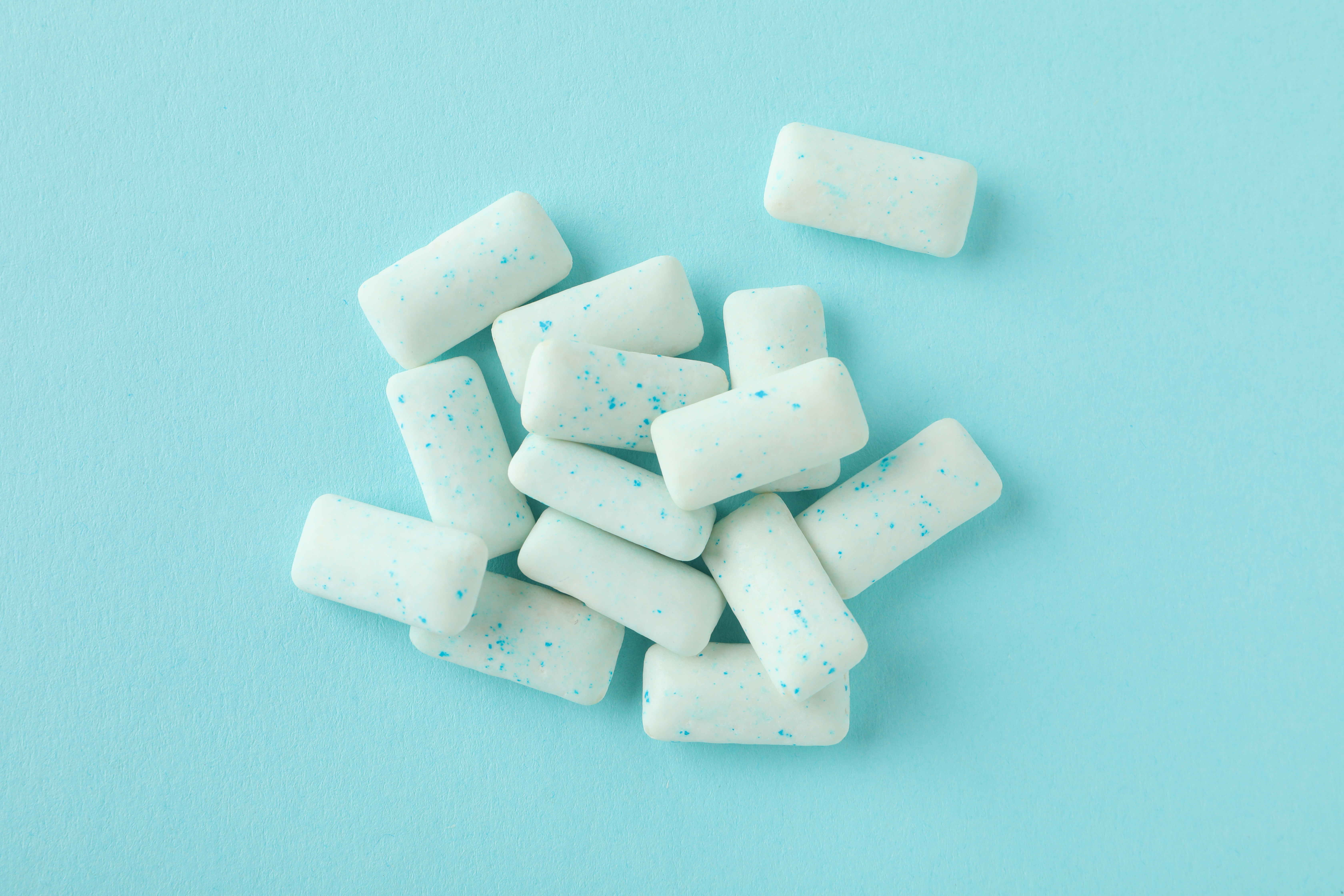
Chewing gum might seem harmless, but sugar-free versions often contain sorbitol, maltitol, or mannitol—sugar alcohols that vary in how they affect blood glucose depending on individual tolerance. Plus, even though you’re not swallowing the gum itself, the sweet taste can still trigger a cephalic insulin response—priming your body to release insulin in anticipation of sugar that never comes. This mismatch can disrupt hunger signals and blood sugar balance over time. Gum also often contains aspartame or acesulfame potassium, which may subtly alter gut bacteria tied to glucose regulation. For a safer fresh-breath fix, try natural mints with xylitol only.
21. Sugar-Free Nut Butters
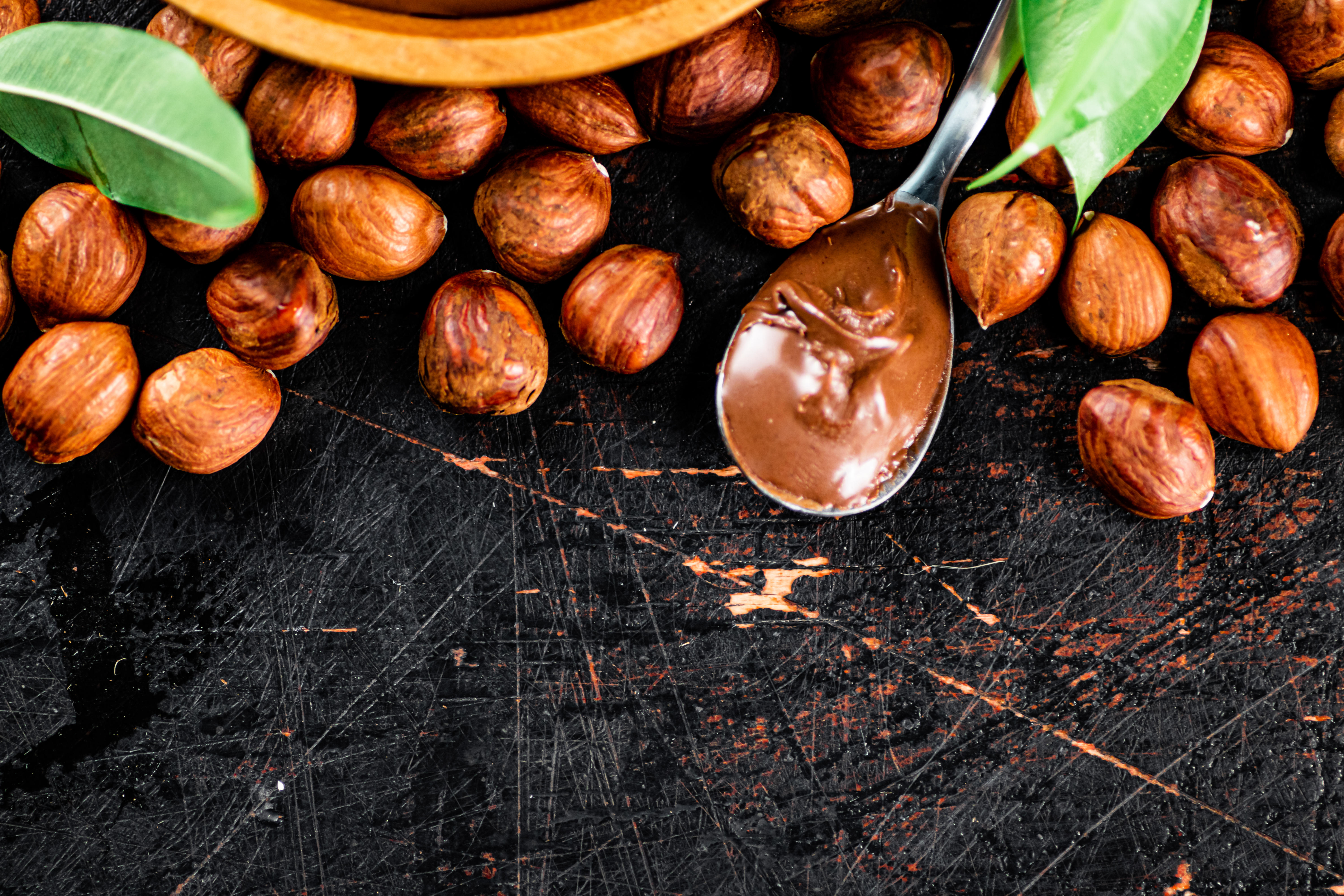
Nut butters labeled “sugar-free” can still be problematic if they include processed oils, starches, or low-fiber fillers. Some brands bulk up peanut or almond butter with maltodextrin or add palm oil to maintain texture, both of which can raise glycemic load. Even without added sugar, overly smooth or homogenized nut butters digest faster—especially when eaten alone without fiber or protein to slow absorption. The blood sugar hit worsens if you pair it with white bread or crackers. Choose natural, unsweetened nut butters with one ingredient—just nuts—and pair them with fiber-rich veggies like celery or chia seed crackers.
The Sweet Lies That Spike You

“Sugar-free” shouldn’t mean sugar-blind. As we’ve seen, many foods wearing the health halo still pack a punch where it hurts most—your blood glucose. From creamy shakes to sneaky sauces and even innocent gum, the ingredients behind the label often tell a very different story. Whether you’re managing diabetes, aiming for steady energy, or just avoiding the crash-and-crave rollercoaster, decoding these traps is key. The goal isn’t to fear food—it’s to understand it. Because once you know what to look for, you take back control. Smarter choices, steadier blood sugar, stronger you. So the next time something claims to be “guilt-free,” read past the buzzwords. The real win isn’t in the label—it’s in how you feel afterward. And that’s a sweet truth worth sticking to.
Powered by Froala Editor